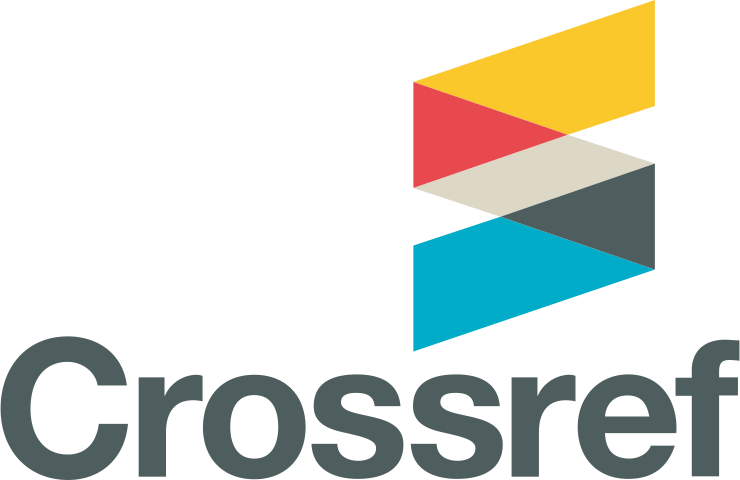RANCANG BANGUN FUEL FLOW METER TOYOTA AVANZA 1.3 TIPE K3-VE SEBAGAI MEDIA PEMBELAJARAN MATA KULIAH PERFORMA MESIN
RANCANG BANGUN FUEL FLOW METER TOYOTA AVANZA 1.3 TIPE K3-VE SEBAGAI MEDIA PEMBELAJARAN MATA KULIAH PERFORMA MESIN
DOI:
https://doi.org/10.26740/jrm.v6i01.36977Abstract
The increasing number of motorized vehicles has a very positive impact on a country's economic system. Unfortunately, not only the positive impacts produced but also some negative impacts. So far, fuel consumption in motor vehicles is measured using the vehicle mileage parameters via a speedometer. However, for the case of a stationary vehicle such as an engine trainer (learning media), of course additional equipment such as a fuel meter is needed. This research aims to design a Toyota Avanza 1.3 Type K3-VE engine fuel flow meter that can be used as a learning medium to support engine performance courses. This research is experimental research, where fuel consumption testing is based on SNI 7554: 2010. Equipment and some research instruments used, such as (1) digital tachometer; (2) stopwatch; (3) electronic temperature controller; and (4) blowers. Data analysis techniques using quantitative descriptive methods. The results of this study indicate that the higher the engine speed, the time needed to consume fuel is relatively shorter. Also, the need to meet the supply of fuel in the combustion chamber is also increasing. Besides, in conducting fuel consumption tests, it is recommended not to use a 10 ml volumetric pipette. The reason, this pipette has a relatively small volume for a 1,300 cc engine, so when testing fuel, it runs out faster before full rotation..
Keywords: Fuel flow meter, Toyota Avanza 1.3 Tipe K3-VE, fuel consumtion, SNI 7554:2010.
Downloads
Downloads
Published
How to Cite
Issue
Section
 Abstract views: 211
,
Abstract views: 211
, PDF Downloads: 246
PDF Downloads: 246









